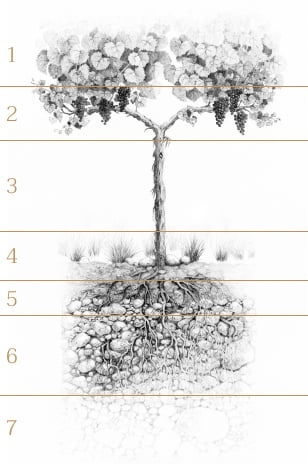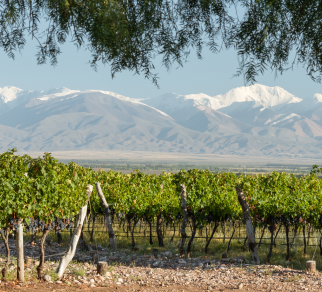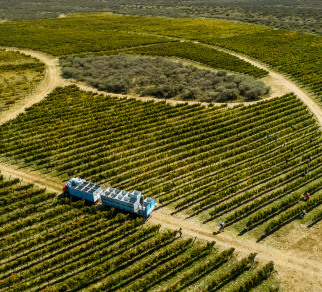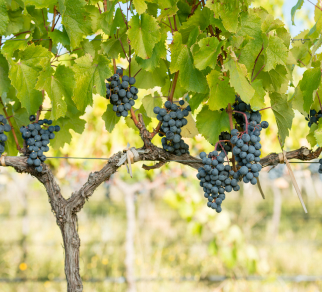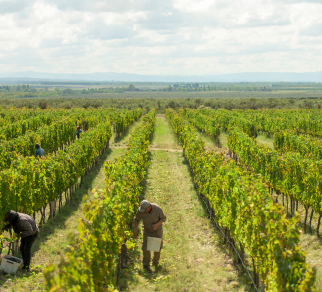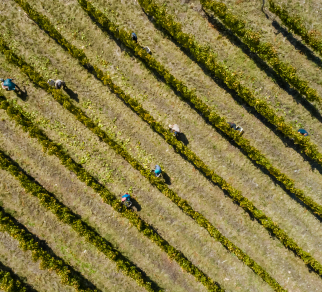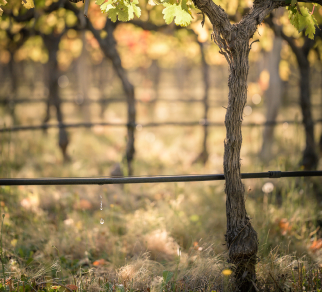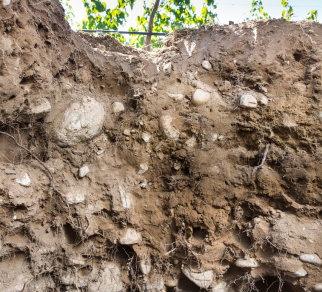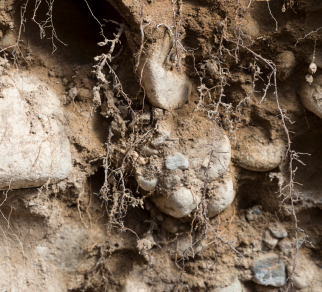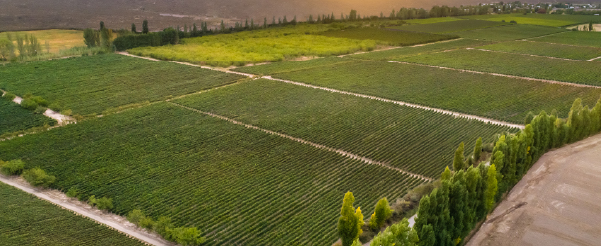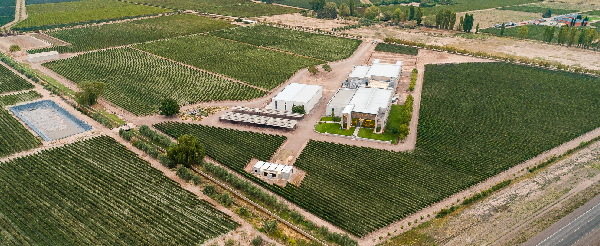Slideshow Items
Chañares Estate is located in Los Árboles, Tunuyán, and is a high-elevation site with low organic content and rocky soils. Here, powerful wines are crafted, reflecting the present and future of the evolution of the Argentinean style.
Soil profile and vine structure
Upper canopy: Area with the highest density of photosynthetically active foliage.
Lower canopy: Zone of productive buds. Driving system: bilateral cordon. It generally produces two clusters per branch or shoot.
Trunk. Main support of the vine. Vascular bundles system that connect the roots with the upper canopy. It also works as a storage organ.
Superficial soil profile: covered by native vegetation to protect the clusters from insolation.
Horizon A: sandy loam. Area of larger quantity of absorbent fine roots.
Horizon B: stony with calcareous sediments. With thick storage roots and less proportion of fine roots.
Horizon C: stony and larger amount of calcareous sediment. Area with a lower proportion of fine roots and a greater number of thick storage roots.
Soil profile and vine structure
